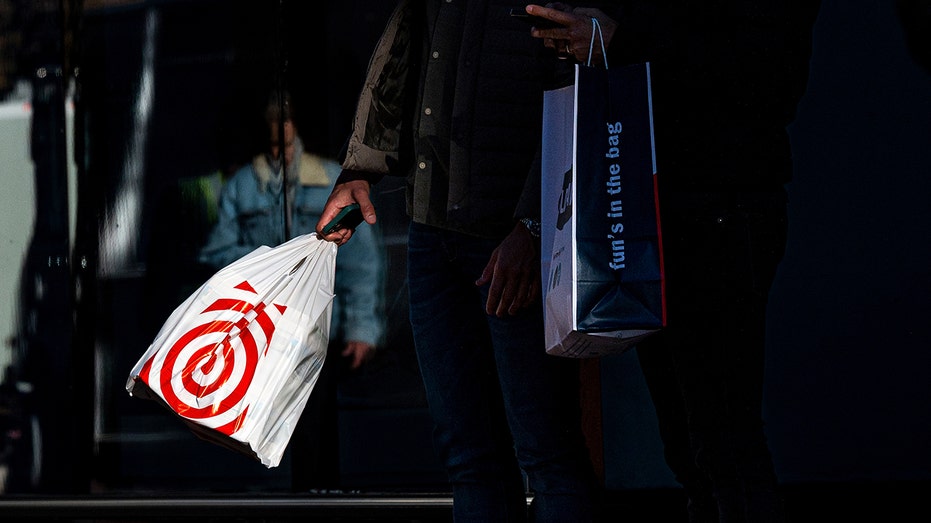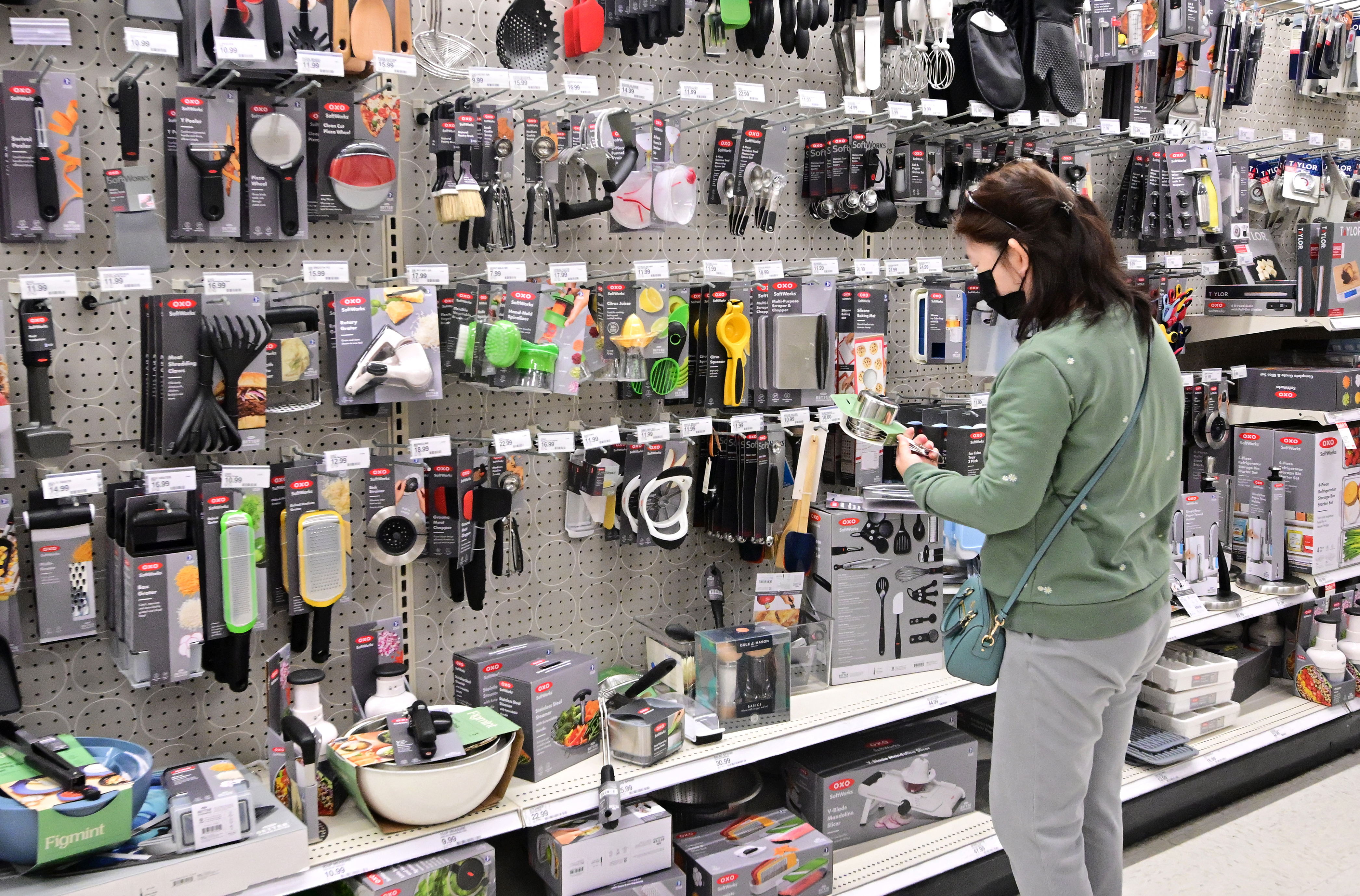US economy set to 'slow noticeably' as consumer spending loses steam: 'Last hurrah'
Holiday spending may have been consumers' 'last hurrah,' Wells Fargo says
Retailers are cautious about the future of consumer spending: Heather Zumarraga
Zuma Global President Heather Zumarraga discusses consumer spending habits ahead of the 2023 holiday shopping season on 'Varney & Co.'
The U.S. economy is set to cool considerably in the coming months as once-rampant spending by American consumers finally comes to an end, according to Wells Fargo.
In a recent note to clients, Wells Fargo senior global market strategist Scott Wren warned that retail spending is likely to slow over the course of 2024 as the job market eases and layoffs start to rise.
"Americans with jobs and money in their pockets are going to spend," Wren wrote. "However, as the economy slows as we move through the middle portion of this year and the labor market softens, we continue to believe the holiday spending that occurred last year was a bit of a last hurrah for the consumer."
Consumer spending helped to power the economic engine for most of 2023, even as shoppers battled high inflation and interest rates. A recent government report showed the economy grew 3.3% during the fourth quarter, fueled in part by solid consumer spending.
SILVER LINING OF HIGHER INTEREST RATES: SAVINGS ACCOUNT RATES

A shopper carries a Target bag on Market Street in San Francisco on Nov, 29, 2022. (David Paul Morris/Bloomberg via / Getty Images)
However, the report also showed that households were drawing down their cash reserves. Personal savings fell from $851.2 billion in the third quarter to $818.9 billion at the end of the year, while the personal savings rate – which measures personal savings as a percentage of disposable income – dropped to 4%.
"It appears consumers continue to be increasingly willing to tap their savings streams or borrow more to support spending levels," said Mike Reynolds, vice president of investment strategy at Glenmede. "This is likely unsustainable as savings and lending are finite and should not be able to prop up the consumer in perpetuity."
At the end of the third quarter, U.S. household debt reached a record high of $17.3 trillion, according to data published by the Federal Reserve Bank of New York. That included $1.08 trillion in credit card debt, the highest level on record in Fed data dating back to 2003.
A separate report also suggested that Americans ramped up their spending during the pivotal holiday season – but that they went into debt in order to do so. Retail sales, a measure of how much consumers spent on a number of everyday goods including cars, food and gasoline, rose 0.6% in December, faster than expected.
STUDENT LOAN REPAYMENTS COULD SLAM BIG-NAME RETAILERS THIS FALL

A woman shops for household items at a retail store in Rosemead, California, on Jan. 19, 2024. (Frederic J. Brown/AFP via / Getty Images)
"We do not believe that good holiday sales mean the spending strength will continue into and through the middle of the year," Wren said. "We look for the economy to slow noticeably as we move through the middle of the year and believe that consumer-product companies will continue to be cautious."
In addition to relying on credit cards to pay their bills, consumers are also battling price tag fatigue.
While inflation has fallen considerably from a peak of 9.1% notched during June 2022, it remains well above the Federal Reserve's 2% goal. Additionally, when compared with January 2021, shortly before the inflation crisis began, prices are up a stunning 17.6%.
High inflation has created severe financial pressures for most U.S. households, which are forced to pay more for everyday necessities like food and rent. Food prices are up 33.7% from the start of 2021, while shelter costs are up 18.7%, according to FOX Business calculations. Energy prices, meanwhile, are up 32.8%.
GET FOX BUSINESS ON THE GO BY CLICKING HERE
The burden is disproportionately borne by low-income Americans, whose already-stretched paychecks are heavily affected by price fluctuations.
The typical U.S. household needed to pay $211 more a month in December to purchase the same goods and services it did one year ago because of still-high inflation, according to new calculations from Moody's Analytics. Americans are paying on average $1,020 more each month compared with the same time two years ago.





















